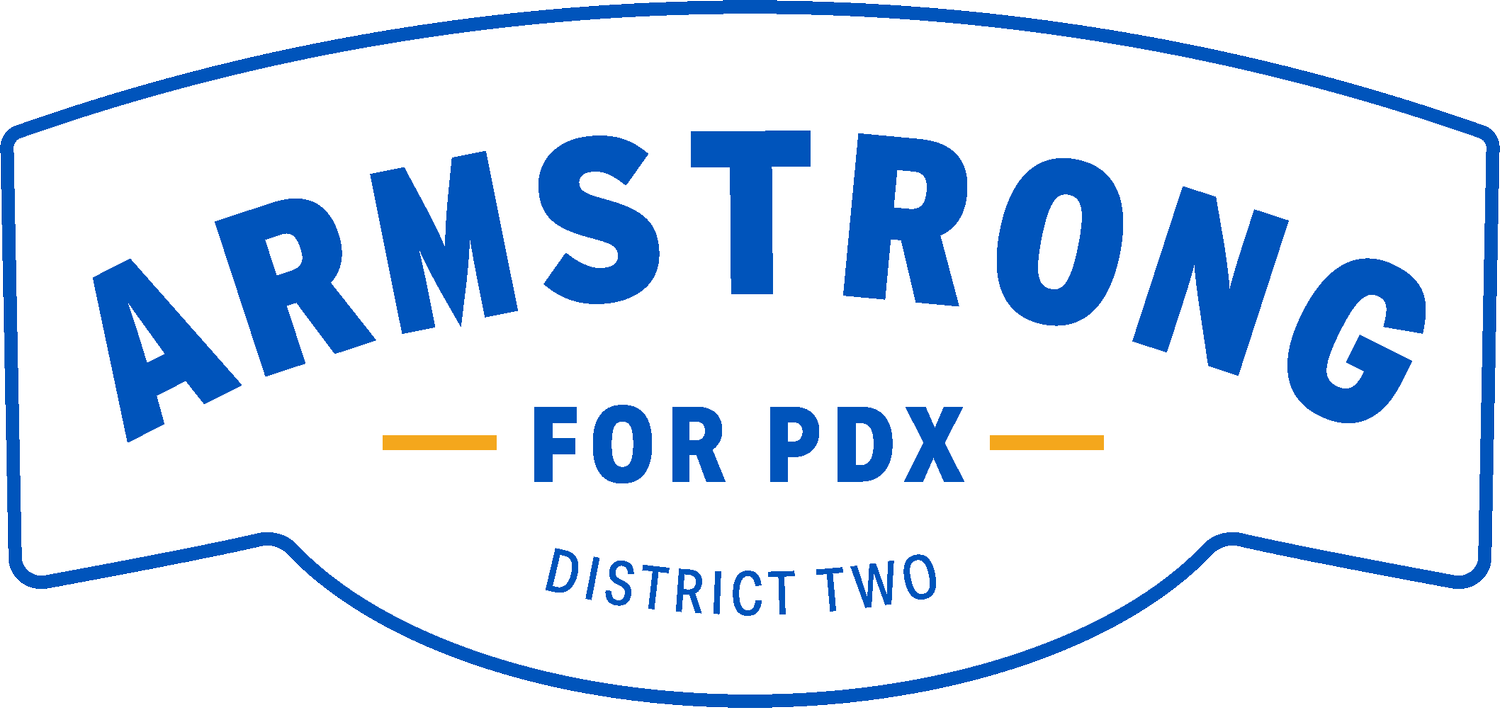Revisiting a “Texas-Sized” Approach to Homeless Services
Introduction
Portland aspires to be a progressive leader, evident in our drug decriminalization efforts, the Portland Clean Energy Fund, and investments in addressing homelessness and affordable housing. However, many of these initiatives have fallen short of their goals. Drug decriminalization has been reformed, portions of the Clean Energy Fund have been reallocated, and progress in tackling homelessness remains frustratingly slow.
The failure to make meaningful progress on our housing and homelessness crisis is the primary contributor to our city's challenges. Those experiencing homelessness are more susceptible to substance abuse, making their transition back to permanent housing a more challenging effort. Addressing livability issues like graffiti, crime, and safety have played a significant role in depleting our municipal budgets. To move forward, Portland must first solve this crisis.
The City of Portland reports that the number of people living unsheltered has increased from 1,887 to 3,947 between 2015 and 2023, a 109% rise exacerbated by the availability of cheap fentanyl. In response, the city has spent $1.7 billion on housing and support services during this period.
My campaign for Portland City Council began with learning about the problems and identifying solutions, including studying successful models from other cities. On the issue of housing and homeless services, San Antonio's Haven for Hope campus, a comprehensive homeless service center, stood out as a model that could benefit Portland.
Those familiar with Portland’s recent history may remember that this was the model first proposed by local developer Homer Williams and supported by Mayor Wheeler. As reported by the Willamette Week, County officials that visited it at the time did not believe it was appropriate for Portland (article). Despite initial skepticism from local leaders, Haven for Hope has been highly regarded for its approach to homelessness.
During my outreach with local homeless service providers, I discovered that many had not heard of Haven for Hope. I decided I wanted to visit San Antonio and see the campus for myself. I proposed the research visit to Daniel Hovanas from Do Good Multnomah, one of Portland's largest homeless service providers. Within a couple months, we were on the ground in San Antonio, walking the campus with two of the non-profit’s executive leaders.
Haven for Hope
Our tour of Haven for Hope revealed a well-coordinated system offering medical, dental, and vision clinics, along with various levels of shelter and support services. The north campus is the high barrier portion of the campus, meaning it is designed for people that are not currently struggling with active addiction or behavioral health issues. They work with 77 local non-profit partners, including 42 that have offices located within the campus. The north campus also includes food service, childcare services, pet kennels, mail, and three large dorm style buildings with specific areas for men, women, families, young adults, couples, and LGBTQ+ individuals.
The south campus is a low-barrier emergency shelter for individuals 18 years or older, no ID required, and no sobriety requirements. They have separate sleeping areas for men and women, provide meals and clothing, locker storage for personal items, and even medication storing. When individuals are ready, they will have access to ID recovery services, counseling, addiction treatment (a separate drug & alcohol treatment center is located just outside the campus and works in coordination with Haven for Hope), and most importantly access to housing support services. The south campus is currently sleeping over 800 individuals per night.
In total the campus serves nearly 10,000 clients annually with a budget of $28 million, split 60/40 between public and private funds. This model has reduced unsheltered camping in downtown San Antonio by 77%.
What Portland can Learn
Portland isn't San Antonio, but we can learn from their approach. I propose creating a campus-style headquarters for the Joint Office of Homeless Services (JOHS). The City, County, and Metro need to work as partners in this endeavor, and a physical location to base that work from is crucial to that effort. This campus could act as a central command center for the entire Portland Metro and SW Washington areas, improving coordination and efficiency.
The current site of the Portland Expo Center should be considered, offering space for development and proximity to public transit. This campus could relieve pressure on downtown businesses and provide a safer environment for those experiencing homelessness.
The North Portland Bottle Drop facility could be moved onto the campus, providing an opportunity to link more struggling individuals with available services.
Recently the owners of the Expo’s Center, Metro, announced that they are considering the creation of sports complex at the site (article). At an estimated expense of $400 million, is that Portland greatest need right now?
By building a campus-style headquarters for the JOHS at the Expo Center, we can better coordinate services and provide a more efficient system, ultimately saving tax money and improving outcomes for our most vulnerable residents. Additionally, it could attract private and non-profit investments, further reducing the tax burden on our community. Located in historic Vanport, once the home to over ten-thousand new Oregonians, this area could again be a welcoming area that provides housing and community for thousands of Portlanders. This vision requires bold action, but it could transform Portland into the progressive leader on addressing homelessness that we strive to be.
If you liked the content of this post, please consider a donation to our campaign!




